By Will Heininger, Depression Center Outreach Coordinator
It was Senior Day, my final game in the Big House against Ohio State. We’re winning in the fourth quarter of a close, one-score game, and it’s 4th & Goal for OSU. To say it was an important moment was an understatement. Beating them was our single biggest goal; I wanted it more than I’d ever wanted anything. We needed to keep them out of the endzone.
During the 20-30 seconds following 3rd down, leading up to the ball being snapped on 4th down, my thoughts could’ve been all over the place. A huge play was upcoming, with over 100,000 people watching in the stands, and millions more on TV. It would make sense to feel anxious pre-snap. What if I mess up?… What if I’m the reason we lose?… What if that person hating on Twitter was right? While exactly zero of those thoughts would be helpful to me in executing my job on 4th down and stopping Ohio State, it’s understandable that one’s brain could go to those places.
But that’s just it! I had learned in therapy that thoughts can arise at any time, and we can’t necessarily control them. But we can evaluate them – is this true? Is this helpful to me? – and decide which ones we give our ‘brain power’ to, and which ones we dismiss (my therapist in Athletic Counseling used imagery techniques in our sessions to help me be aware of my thoughts, before automatically attaching to, or believing them).
Snap back to 4th dow n: I knew that any ‘worry thoughts’ were not helpful to stopping Ohio State. I could dismiss them and lock in my attention on what mattered. And it’s a good thing my mind was calm leading up to that play. About 10 seconds before the snap, I noticed our defensive coaches screaming and frantically gesturing, “WATCH KEEP! WATCH KEEP!” They were expecting QB Braxton Miller to keep the ball, rather than hand it to his running back, and try to score himself. On that play design, the running back was my responsibility, and the QB was the responsibility of the guy next to me, our Defensive End. I turned to my talented, but not always detail oriented, underclassmen teammate, to make sure he got the message. He had. The ball was snapped, the QB kept it, and ran right into a wall of Michigan defenders, led by that teammate. Michigan ball, first down, going the other way.
n: I knew that any ‘worry thoughts’ were not helpful to stopping Ohio State. I could dismiss them and lock in my attention on what mattered. And it’s a good thing my mind was calm leading up to that play. About 10 seconds before the snap, I noticed our defensive coaches screaming and frantically gesturing, “WATCH KEEP! WATCH KEEP!” They were expecting QB Braxton Miller to keep the ball, rather than hand it to his running back, and try to score himself. On that play design, the running back was my responsibility, and the QB was the responsibility of the guy next to me, our Defensive End. I turned to my talented, but not always detail oriented, underclassmen teammate, to make sure he got the message. He had. The ball was snapped, the QB kept it, and ran right into a wall of Michigan defenders, led by that teammate. Michigan ball, first down, going the other way.
As athletes, we spend our careers learning important skills. From our earliest years we learn the basics, like stretching, dribbling, passing, etc. As we progress through higher, more competitive levels in our sports, we learn more advanced techniques, often from more experienced and specialized coaches and trainers.
If we progress far enough in our respective sports, we inevitably reach a point where we are in the public eye. It can be exciting to gain notoriety for our achievements. A highlight making social media, your team being highly ranked, or even making SportsCenter Top 10 plays.
We wouldn’t ask some random person on social media, with no way of verifying their credentials, what they thought of our physics homework, or our English paper, or our final project.
But being in the public eye can work the other way as well. What if we mess up? What if we don’t play our best game? What if there are unkind, thoughtless, or even cruel things said about you, or your teammates, on social media?
While it might be tempting to search what is said, written, or tweeted about you and your team, the truth is that consuming that media is a choice. And even if exposure to criticism isn’t your choice – maybe bad things are shouted at you, or said to your face on campus – the words expressed are simply the thoughts of another human. One who is outside of your program, and often is coming from a place of ignorance or frustration.
It’s important to say that if you do hear public criticism, it is normal to feel hurt. That is a common reaction to negative comments. What I want to shift the focus to is how unhelpful it is to buy into any of that public criticism. If you’re certain that something is not worth your time, while you may still be aware of it, you can choose to dismiss, ignore, or not attach to it. Just like if someone told you the sky is green – they’re allowed to say it, and you’re allowed to ignore it.
Regardless of where the negative comments come from, they have no merit, and no value to us as athletes. We wouldn’t ask some random person on social media, with no way of verifying their credentials, what they thought of our physics homework, or our English paper, or our final project. They wouldn’t even know the assignment, or if the instructor asked it be done a specific way. (Even if this outside person claimed to be a really really big fan of that subject!)
If we really needed assistance, or an informed opinion, we would seek it out from someone with direct knowledge of the content. Perhaps your professor who gave the assignment, a GSI, or a tutor. When it comes to our athletic careers, it should be the same way. A coach, a graduate assistant, a trainer, or a teammate are way more likely to give helpful, constructive feedback than a random person on the internet.
Furthermore – and this might be the best reason of all to ignore public criticism – it is utterly unhelpful, when it’s time to perform, to have your mind and your thoughts be anywhere but on the task at hand. If you’re thinking about a negative comment you saw or heard, then that is where your thoughts are at that moment – and therefore not on whatever it is you’re actually trying to accomplish.
When your number is called, and it’s your turn to step and up and perform for your team, where would you want your thoughts to be?
Additional Resources:
- Athletes Connected Get Support Page
- Athletes Connected Skills & Strategies Page
- Athletes Connected Featured Videos and Coping Skills Videos
- The Calm App is available for free to all Big Ten staff and athletes
- The SilverCloud App is available for free to all U-M students, staff and faculty.
 About the Author
About the Author
Will Heininger is mental health educator and public speaker for the University of Michigan Depression Center, openly sharing his story of overcoming major depression and anxiety during undergrad, while playing football at Michigan. After hiding his illness at first due to stigma and ignorance, he received life-changing treatment and care from the Athletic Medicine staff, and was able to thrive for the majority of his time at Michigan. He would go on to help found Athletes Connected in 2014.
Since first sharing his story at the Depression on College Campuses Conference, Will has spoken with over 100,000 people across the country, helping to bridge the gap between what science and medicine have learned about mental health and well-being, and what society actually knows and uses. In addition to athletes of all levels, Will works with schools, athletic departments, communities, and corporations to improve mental health outcomes. Heininger is a native of Ann Arbor, Michigan.

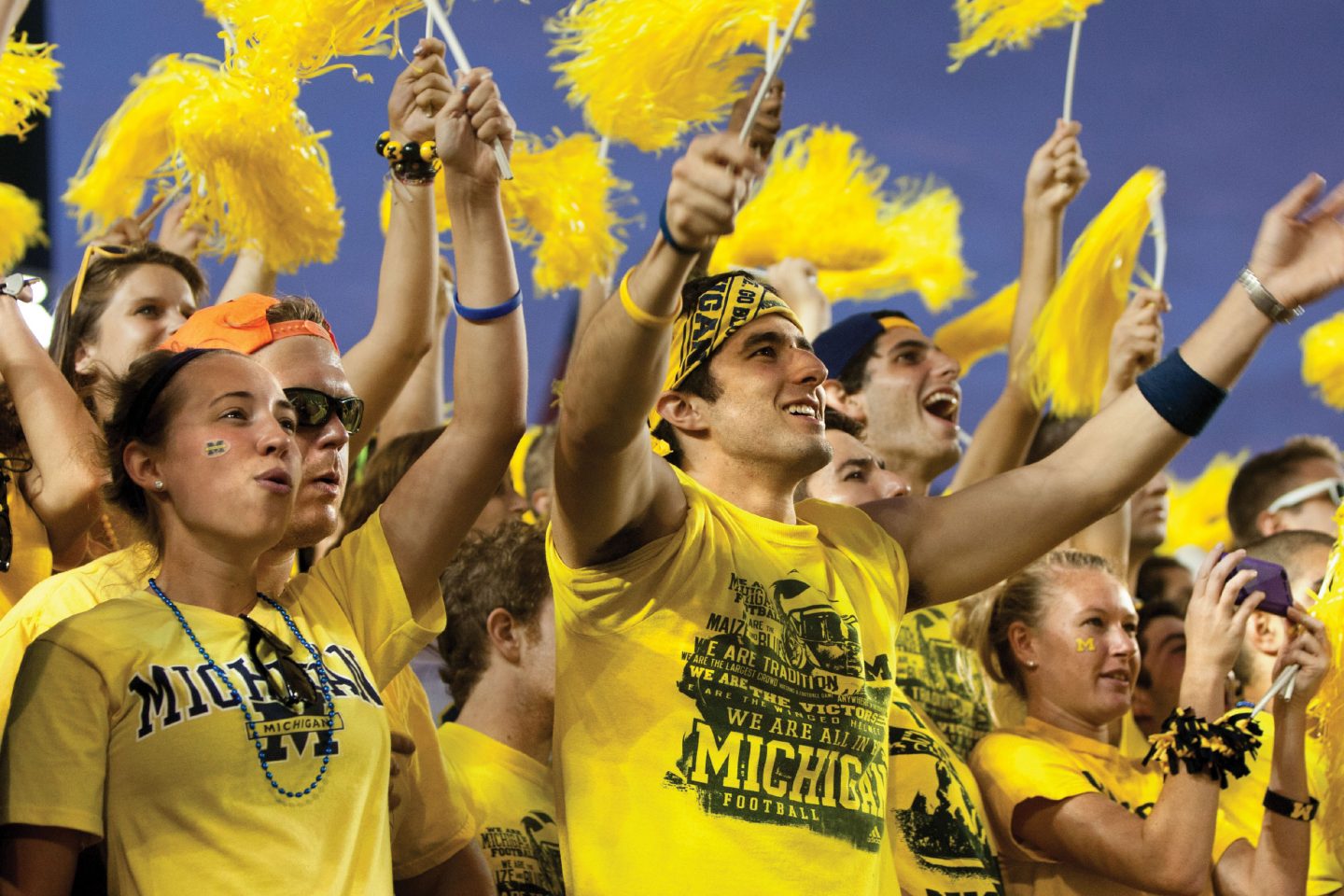
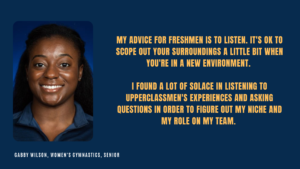
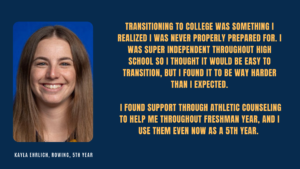
 About the Author
About the Author
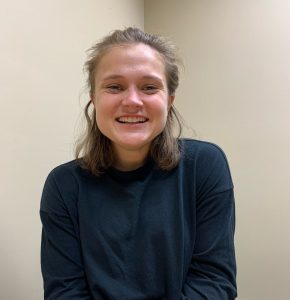





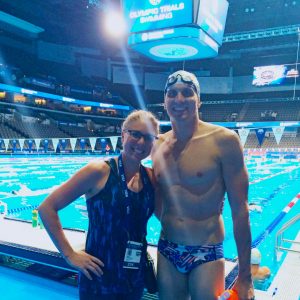
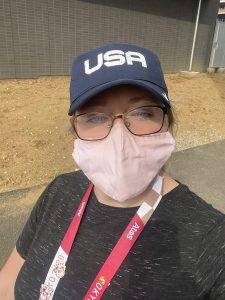
 Emily is a clinical athletic counselor for the U-M athletic department’s Athletic Counseling Team. She provides direct clinical care to student-athletes, consults with coaches, conducts team presentations, creates educational programming and works interactively with support staff.
Emily is a clinical athletic counselor for the U-M athletic department’s Athletic Counseling Team. She provides direct clinical care to student-athletes, consults with coaches, conducts team presentations, creates educational programming and works interactively with support staff.